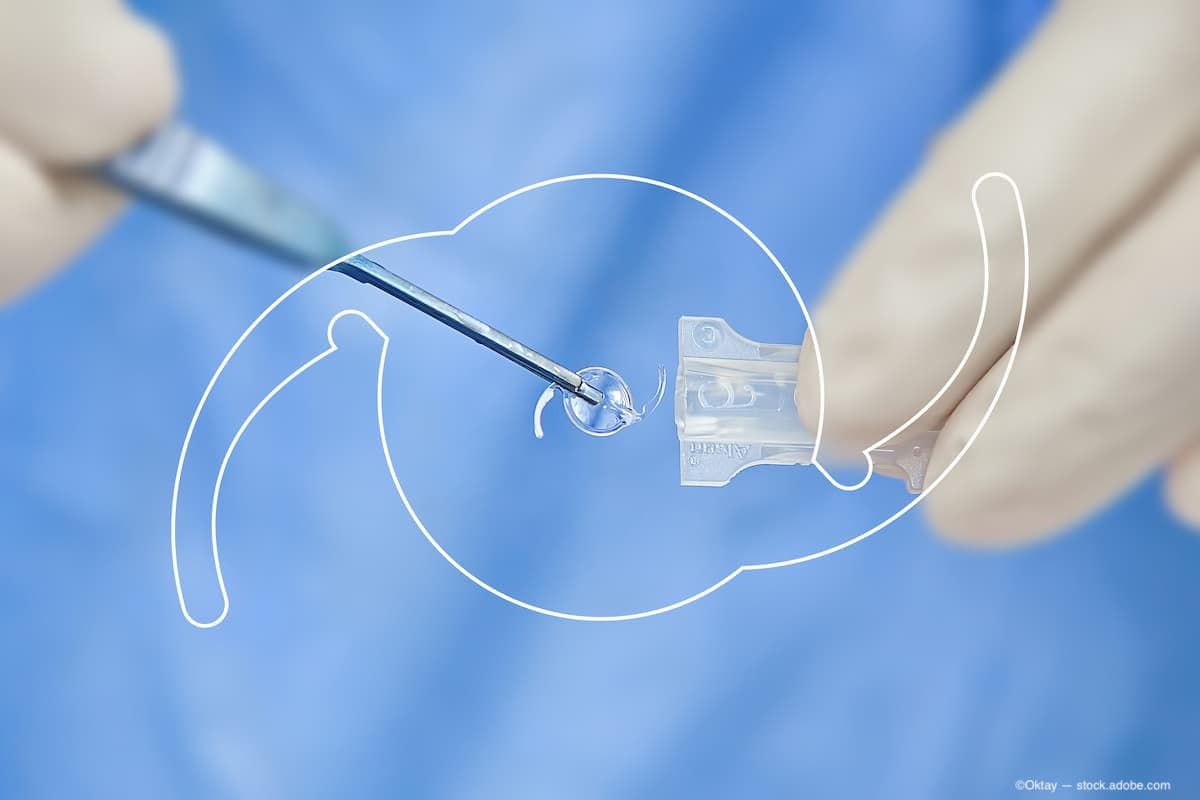Article
How presbyopia-correcting IOLs vary in performance profiles
Author(s):
Findings from a retrospective comparison of data from prospective studies of presbyopia-correcting IOLs highlight the performance similarities and differences of different technologies.
Undertaken by Jay S. Pepose, MD, PhD, the review included evaluations of defocus curves, visual acuity (VA) outcomes, contrast sensitivity tests, and patient-reported symptoms for an accommodating IOL (Crystalens AO, Bausch + Lomb), a diffractive bifocal IOL with a +3.0 D near add (AcrySof ReSTOR +3.0 D, Alcon), a +4.0 D near add diffractive bifocal IOL (Tecnis +4.0 D Multifocal IOL; J&J Vision), and a small aperture extended depth of focus IOL (IC-8, AcuFocus). A total of 105 patients received the small aperture IOL implanted in the non-dominant eye with a colorless aspheric monofocal IOL in the fellow eye. The other three IOLs had been studied in a trial that included 22 to 26 patients who underwent binocular implantation with the same IOL in both eyes.
"The results show that all four IOLs perform well for providing good uncorrected distance vision, and they have comparable binocular mesopic contrast sensitivity results," said Dr. Pepose, Director, Pepose Vision Institute, and Professor of Clinical Ophthalmology, Washington University School of Medicine, St. Louis, MO.
"The bifocal IOLs perform best at near, while the small aperture IOL stands out for having a wide range of continuous functional vision and the best performance at intermediate."
The defocus curves showed that the small aperture IOL had a continuous range of functional vision (20/40 or better) of approximately 4.5 D in binocular testing and approximately 4.0 D in monocular testing of the implanted eye. The functional range of vision was approximately 2.5 D for the accommodating IOL and was non-continuous for the bifocal IOLs: 4.5 D for the +3.0 D add IOL, and 4.0 D for the +4.0 D add IOL.
"The accommodating and small aperture IOLs do best at the intermediate vergence whereas the bifocals provide better near vision," Dr. Pepose said.
Uncorrected distance VA was measured at 4 m for the small aperture IOL and at 6 m for the other implants using ETDRS charts. Across the four IOLs, mean uncorrected distance VA (Snellen equivalent) was between 20/21 and 20/26.
Uncorrected intermediate VA was measured at 67 cm for the small aperture IOL and at 80 cm for the other implants. In monocular testing, mean uncorrected intermediate VA for the small aperture and accommodating IOLs was 20/24 and 20/23, respectively, and about 2 lines better than that of the bifocal IOLs; the differences between groups were statistically significantly.
Uncorrected near VA was measured at 40 cm for all IOLs. The mean value was best for the +3.0 D add bifocal IOL (20/20), similar for the small aperture and +4.0 D add bifocal IOLs (20/30 and 20/31, respectively), and worst for the accommodating IOL (20/36). The differences comparing the small aperture and +4.0 D bifocal IOL with the +3.0 D bifocal IOL and the accommodating IOL were statistically significant.
In binocular mesopic contrast sensitivity testing with and without glare, the four IOL groups had similar results with a few exceptions noted in a few comparisons at lower spatial frequencies.
Visual symptom scores
Severity scores for blurry vision, fluctuating vision, and ghosting were low in all IOL groups. When comparing the various groups, the most remarkable differences were a very low score for ghosting in the small aperture IOL group, higher scores for halo in the bifocal IOL groups compared with the other two IOLs, and a higher score for glare with the +4.0 D add bifocal IOL. Patients in the small aperture IOL study were also asked if they would have the same procedure again. The data showed a very high satisfaction rate with 95% of patients responding"yes".
"Pairing the small aperture inlay with a low myopic refractive target (-0.75D) further enhances uncorrected near vision with minimal impact on distance, given the nature of small aperture optics," said Dr. Pepose.
Dr. Pepose stated that the review was done to establish baseline metrics and that comparisons between IOLs must be done carefully recognizing that the data came from different studies.
"This is not a true prospective head-to-head comparison of the four lenses. The studies varied in their methods, including distances for VA testing and choice of patient-reported outcome tools and rating scales. In addition, the monocular and binocular defocus curve data for the small aperture IOL are from different study cohorts," he said.
This article is based on a paper presented by Dr. Pepose at the 2018 ASCRS Symposium. Dr. Pepose is an advisor to AcuFocus, Bausch + Lomb, and J&J Vision.





